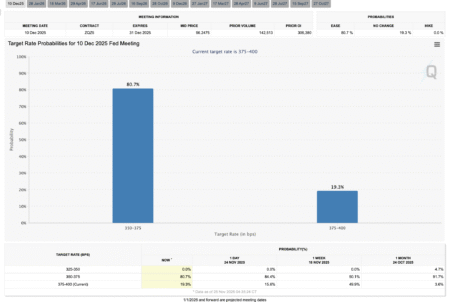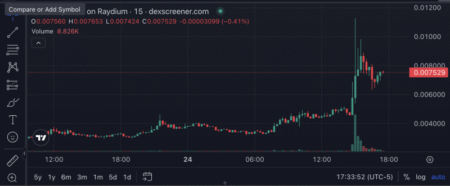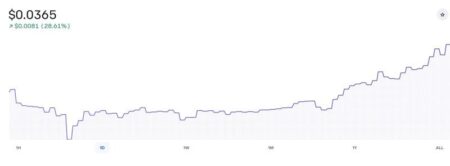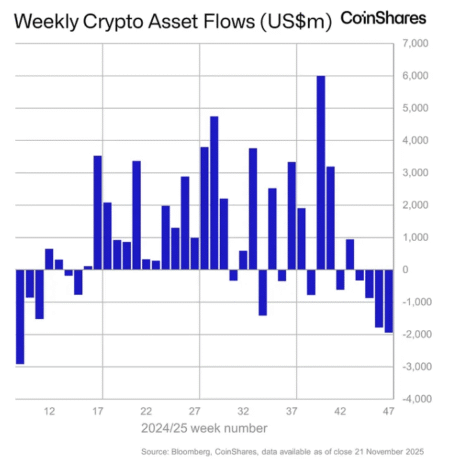Bitcoin Market Update: Analyzing Recent Trends and Forecasts
Bitcoin experienced a significant drop on Thursday, reaching local lows amidst the backdrop of a troubling U.S. jobs report that indicates persistent inflation. The world’s leading cryptocurrency plummeted by 7.32%, landing at a price of $85,700. This decline marks a seven-month low and represents a substantial 32% decrease from its all-time high of $126,080, set back in October. The overall sentiment in the market is reflected in the Crypto Fear & Greed Index, which sits at 11, indicating "extreme fear" as investors react to the recent downturn and market volatility.
The latest jobs report revealed that the U.S. economy added 119,000 jobs in September, considerably surpassing the Dow Jones consensus estimate of just 50,000. This stronger-than-expected data is stoking fears about inflation, leading many to speculate that the Federal Reserve may delay any potential rate cuts in December. As Vincent Liu, the Chief Investment Officer at Kronos Research, explained, Bitcoin’s slip below the $85.5K mark is correlated with market adjustments in response to these macroeconomic indicators. The current liquidity in the market is thin, heightening the intensity of short-term profit-taking movements.
With ongoing inflationary pressures, the cryptocurrency market is reacting cautiously. Investors are particularly focused on the possibility of a December rate cut, with the CME Group’s FedWatch Tool currently estimating a 35.4% chance for a 25-basis-point reduction next month. Liu believes that while Bitcoin may experience a bounce in response to such a rate cut, any sustainable rally will necessitate new capital inflows, strong on-chain demand, and a shift in investor sentiment. Without these pivotal factors, he suggests that any upcoming price rebounds could lack the momentum required for a prolonged upward trend.
Furthermore, Nick Ruck, Director at LVRG Research, offered an alternative perspective, suggesting that the current market correction reflects a "healthy repricing" after a rally that might have seen some positions overextended. Analyzing on-chain metrics, Ruck noted that both spot and futures sell pressure are stabilizing, indicating that signs of capitulation could soon be in the past. Successfully navigating this correction could lead to a more resilient market posture as investors readjust their strategies.
As calls for a more stable market persist, the discussion encapsulates a mix of cautious optimism and realism regarding Bitcoin’s future trajectory. Analysts stress that merely waiting for signs of recovery may not suffice; rather, active engagement from investors is essential. The need for fresh institutional capital, combined with improved on-chain activity, will be critical for rectifying the market sentiment that currently dominates. Without these elements in place, any minor rebounds experienced may only serve as temporary corrections rather than indicative of a full-fledged market recovery.
In conclusion, the recent fluctuations in Bitcoin’s price highlight ongoing challenges shaped by macroeconomic factors and investor sentiment. While the potential for positive movement remains, analysts like Liu and Ruck advise that a comprehensive recovery will require a solid foundation of fresh investment and improved market conditions. Stakeholders within the crypto space should remain vigilant, acknowledging that while the outlook may appear tenuous, opportunities often arise from periods of uncertainty, offering pathways for informed investment decisions.
















